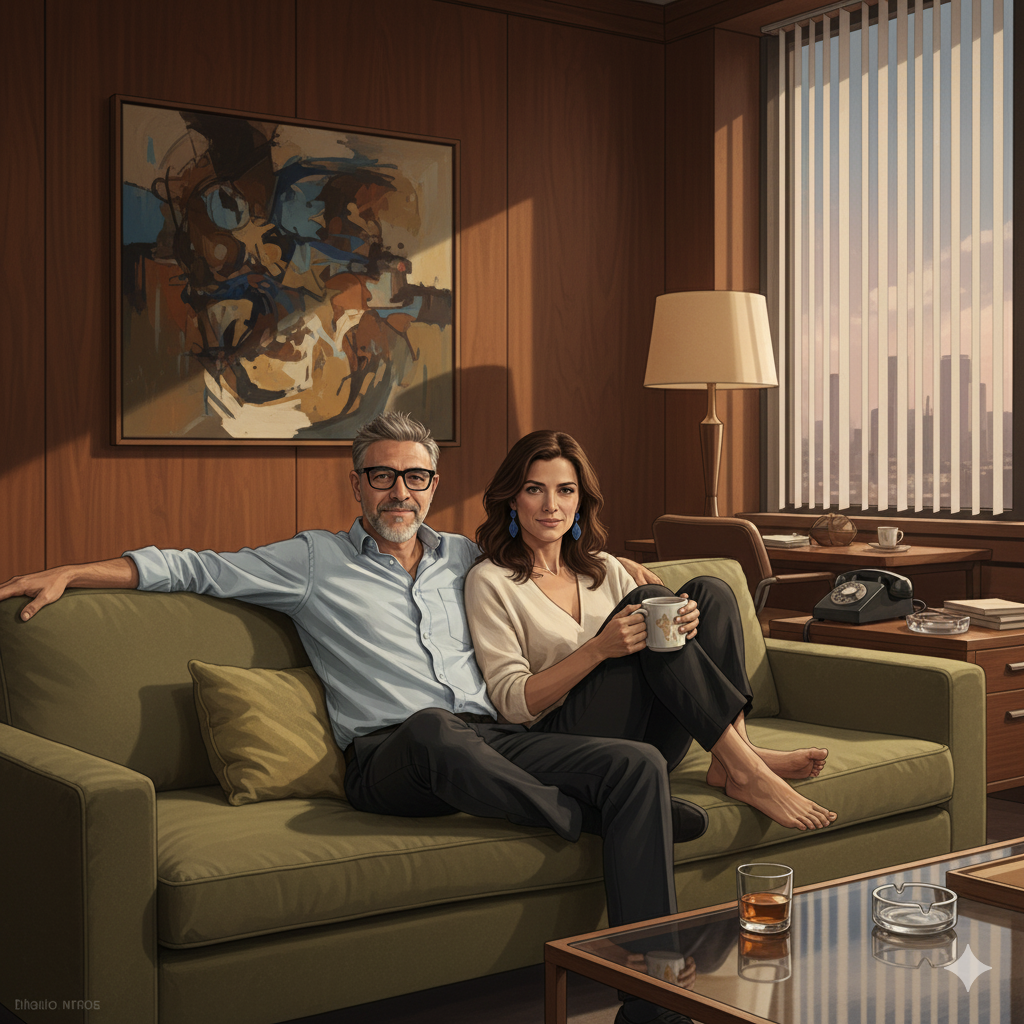No one falls in love with a house because of a single room.
They fall in love with the feeling of how it all fits together.
Space is never just space. When we walk into a home, we’re not encountering a collection of rooms — we’re encountering a flow. The mistake most people make, especially in real estate, is to think about space as a set of static containers. You have the kitchen, the living room, the bedroom. Boxes. But in real life, space is a gradient. A rhythm. A sequence of experiences that unfold through motion and memory.
A home isn’t made of rooms.
It’s made of transitions.
What we’re buying when we buy a home — even a future one — is not a list of features. We’re buying how they work together. And that thing, the thing that matters most, is the one we almost never show.
In pre-construction real estate, the default tool is the rendering. A kitchen here. A bedroom there. A slick living room in perfect morning light. Each image is a puzzle tile. Alone, it’s beautiful. Together, it means nothing.
Renderings are ingredients.
Flow is the recipe.
Now imagine buying a home the way you’d buy a jigsaw puzzle: by looking at a few glossy pieces and being told, “Trust us, it’ll all come together.” That’s how we sell properties that don’t yet exist. And it’s absurd.
Nobody buys the bathroom.
They buy the whole experience.
And the experience lives in the seams. The moments between the rooms. The way your eyes travel through a space. The way your body turns from the hallway to the kitchen. Those are the things people remember — and they’re exactly what renderings fail to capture.
You can’t feel movement in a still frame.
You can’t sell flow with fragments.
And yet that’s what we do. We over-represent the polish and under-represent the logic. We show what we want buyers to feel, instead of letting them discover what they do feel. That’s not clarity. That’s control. And people feel it. They may not say it out loud, but they hesitate. And hesitation is fatal.
Doubt doesn’t need a reason.
It just needs silence.
Buyers don’t want to be told where to look. They want to see it themselves. They want to walk through the space, pause where they want, zoom in, pace it out, turn around, come back. In that freedom, they build belief.
Belief is built, not sold.
This is what virtual tours do when they’re done well. They restore agency. They turn the buyer into the protagonist of their own experience. They let someone walk through a home that hasn’t been built yet and say, “I know this. I feel this.”
Orientation creates confidence.
The strange part is: architects do care about flow. Deeply. It’s the backbone of design. They sketch for hours, adjusting how a corridor opens to the living room, how the eye moves toward the window. But then marketing flattens all that nuance into isolated visuals. A film reduced to stills.
We’ve built homes with thoughtfulness, and marketed them like a brochure.
No wonder the magic disappears.
Virtual tours aren’t bells and whistles.
They’re the test drive.
Would you buy a car from a video of someone else driving it? Then why are we selling homes that way?
Let the buyer drive.
And once they do, something shifts. It stops being about the quartz countertops or the Italian tile. It becomes about how those things feel in context. A second bedroom is not just a dimension. It’s where your kid will grow up. The distance from the fridge to the stove isn’t just a line — it’s your Tuesday night routine.
Context is what makes emotion stick.
Flow is what makes context real.
If you’ve ever eaten something unforgettable, you know this. It wasn’t the ingredients. It was the way they came together. Your grandmother’s food wasn’t good because she used butter. Everyone uses butter. It was good because of the order, the care, the time.
Real estate is no different.
We don’t fall in love with parts. We fall in love with the whole.
So when we strip that whole away — when we sell space in fragments — we’re not saving time. We’re wasting opportunity.
Renderings show what you want buyers to see.
Flow shows them what they want to feel.
And that difference? That’s the sale.



